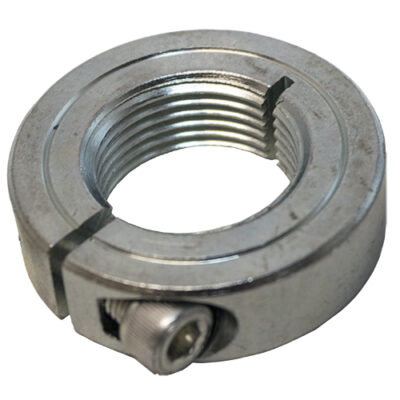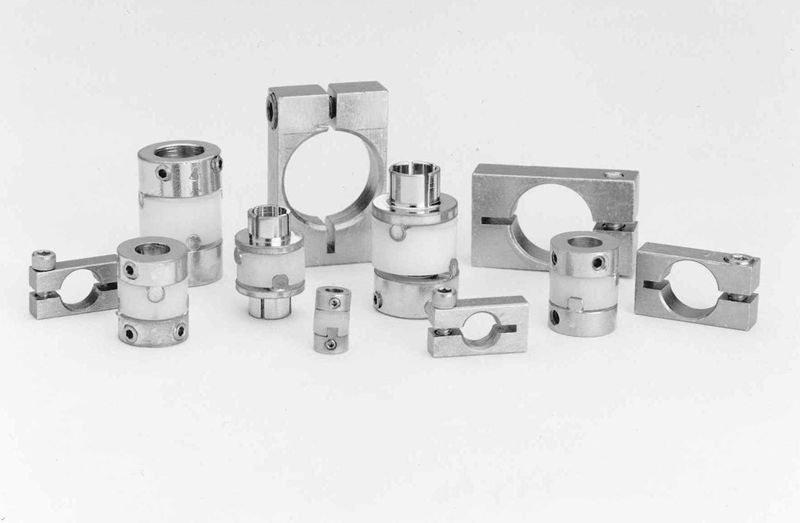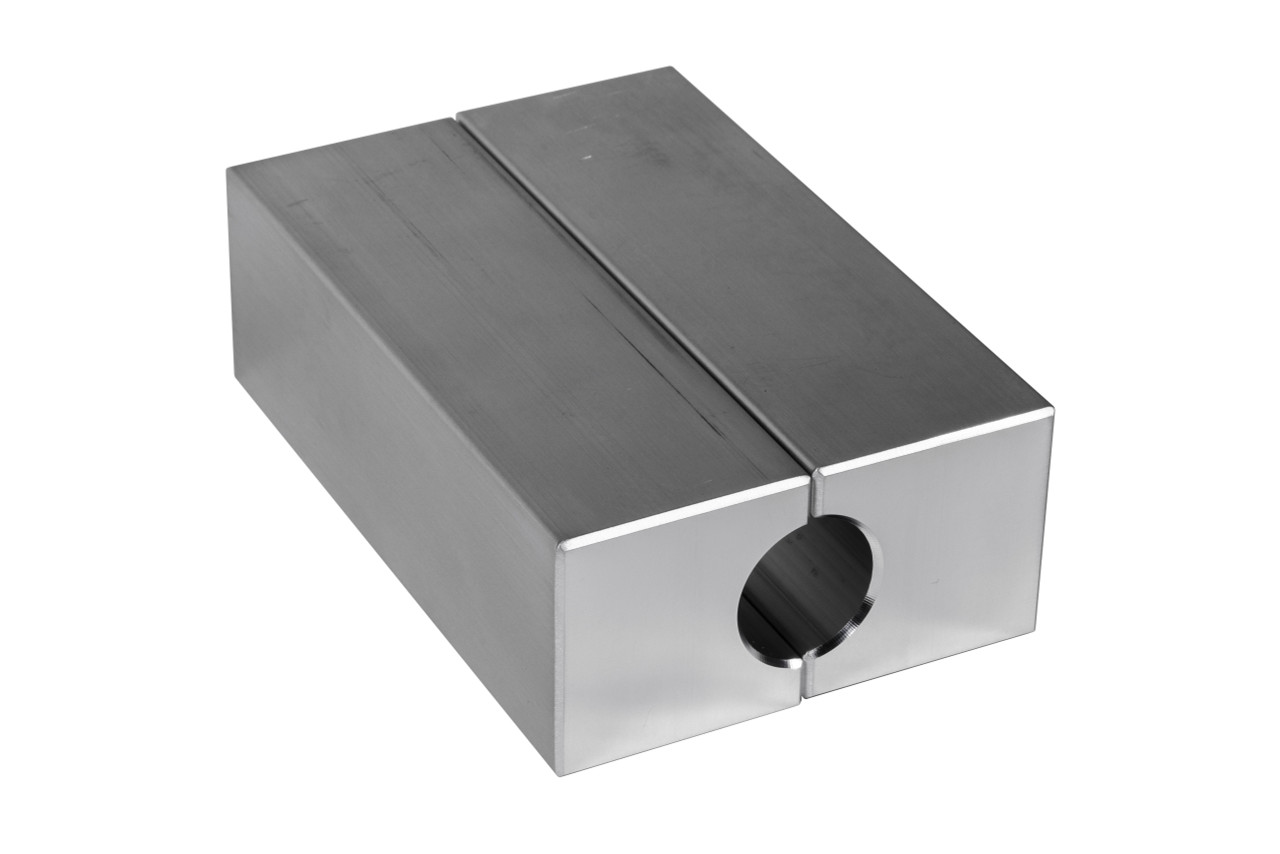
Can I get recommendations for cost-effective shaft clamps for different budget constraints?
Yes, recommendations for cost-effective shaft clamps can be provided based on different budget constraints. Here’s a detailed explanation:
When selecting shaft clamps, it’s important to consider both the cost-effectiveness and the specific requirements of your application. Here are some recommendations for cost-effective shaft clamps across different budget constraints:
1. Low Budget:
If you have a limited budget, there are cost-effective options available that still provide reliable performance. Consider clamps made from materials like aluminum or steel, as they are commonly more affordable compared to exotic alloys or specialized materials. Look for clamps with simple designs that offer basic functionality without unnecessary features. Additionally, consider clamps from reputable manufacturers that offer competitive pricing for their products.
2. Mid-Range Budget:
With a mid-range budget, you have more options to choose from without compromising on quality. Look for shaft clamps made from high-quality materials such as stainless steel or alloy steel. These materials offer good strength and durability while maintaining a reasonable cost. Consider clamps with additional features such as adjustable tightening mechanisms or corrosion-resistant coatings, as they can enhance performance and longevity.
3. Higher Budget:
If you have a higher budget, you can explore shaft clamps with advanced features and materials that offer enhanced performance and durability. Look for clamps made from specialized alloys or materials designed for specific environments or applications. These clamps often have superior mechanical properties and corrosion resistance. Consider clamps with innovative designs that offer improved functionality, such as quick-release mechanisms or integrated vibration damping features.
4. Custom Solutions:
In some cases, custom shaft clamps may be the most cost-effective option. Working with a reputable manufacturer or engineering firm, you can collaborate to design a shaft clamp that precisely meets your requirements while optimizing cost. Custom clamps allow you to choose the most suitable materials, features, and dimensions for your specific application, ensuring an optimal balance between performance and budget.
When selecting shaft clamps based on budget constraints, it’s important to strike a balance between cost and quality. Consider factors such as the expected lifespan of the clamp, the criticality of the application, and any specific environmental or operational conditions. Always prioritize reliability, performance, and safety over cost savings alone.
It’s recommended to consult with suppliers, manufacturers, or industry professionals who specialize in shaft clamps to get specific recommendations based on your budget constraints and application requirements. They can provide valuable insights and help you identify cost-effective options that meet your needs.

What are the different types of shaft clamps available in the market?
In the market, there are various types of shaft clamps available, each designed to meet specific application requirements. Here are some commonly used types of shaft clamps:
- Set Screw Shaft Clamps: Set screw shaft clamps are a popular type of clamp that utilizes a screw to secure the clamp onto the shaft. The clamp typically has a threaded hole where the set screw is inserted and tightened against the shaft, creating a firm grip. This type of clamp is relatively easy to install and adjust, making it suitable for many applications.
- Split Collar Shaft Clamps: Split collar shaft clamps consist of a collar that is split along its circumference. These clamps are tightened around the shaft using screws or bolts, compressing the collar and creating a secure grip. Split collar clamps are versatile and can accommodate a range of shaft diameters. They are often used in applications where frequent adjustments or disassembly are required.
- One-Piece Clamping Shaft Collars: One-piece clamping shaft collars are solid rings with a flat or slightly curved inner surface. They are typically secured in place using one or more screws, evenly distributed around the collar. One-piece clamping collars provide a secure grip on the shaft and are commonly used in applications where high clamping forces are required.
- Two-Piece Clamping Shaft Collars: Two-piece clamping shaft collars consist of two halves that are bolted together, clamping the collar around the shaft. This design allows for easy installation and adjustment, particularly in applications where the shaft cannot be removed. Two-piece clamping collars are often used in situations where precise alignment of components is required.
- Compression Shaft Clamps: Compression shaft clamps, also known as split hub clamps, feature a split hub design that can be tightened using screws or bolts. The split hub design allows the clamp to apply uniform pressure around the shaft, creating a secure and balanced grip. Compression clamps are commonly used in applications where precise positioning and minimal shaft distortion are critical.
- Tapered Shaft Clamps: Tapered shaft clamps utilize a tapered design to secure the clamp onto the shaft. The clamp is typically driven onto the shaft using a hammer or press fit. Tapered clamps provide a strong grip and are often employed in heavy-duty applications where high torque transmission is required.
- Quick-Release Shaft Clamps: Quick-release shaft clamps offer a convenient and rapid method for securing and releasing the clamp from the shaft. They often feature a lever or cam mechanism that allows for quick tightening or loosening of the clamp without the need for additional tools. Quick-release clamps are commonly used in applications where frequent assembly or disassembly is required.
These are just a few examples of the different types of shaft clamps available in the market. Each type has its unique features, advantages, and suitable applications. Consider the specific requirements of your application, such as load capacity, ease of installation, adjustability, and compatibility, to choose the most appropriate type of shaft clamp for your needs.

Can I get recommendations for shaft clamps suitable for different shaft diameters?
When it comes to selecting shaft clamps for different shaft diameters, it is important to consider the specific requirements of your application. While I can’t provide specific product recommendations as an AI, I can offer some general guidelines to help you in your search. Here’s what you should keep in mind:
1. Determine the Shaft Diameter Range: Measure the diameter of the shaft or shafts you are working with. This will give you the range of shaft diameters that you need to consider when selecting shaft clamps. Note down the minimum and maximum diameter values.
2. Research Shaft Clamp Manufacturers: Look for reputable manufacturers or suppliers that specialize in mechanical components, including shaft clamps. Visit their websites or contact them directly to explore their product offerings.
3. Check Product Specifications: Once you have identified potential shaft clamp manufacturers, review the product specifications of their shaft clamps. Look for information on the range of shaft diameters that each clamp can accommodate. Manufacturers typically provide this information in their product datasheets or catalogs.
4. Consult with Manufacturers or Distributors: If you have specific requirements or need assistance in selecting the right shaft clamps for your application, reach out to the manufacturers or distributors. They can provide expert guidance and recommendations based on your shaft diameter range and other application needs.
5. Consider Adjustable Shaft Clamps: Some shaft clamps are designed with adjustable features to accommodate a range of shaft diameters. These clamps often have a split design or include adjustable screws or levers that allow for flexibility in sizing. Adjustable shaft clamps can be a convenient option if you are working with multiple shaft diameters or if you anticipate changes in shaft sizes in the future.
6. Evaluate Material and Design Considerations: Take into account the material and design of the shaft clamps. Consider factors such as load capacity, environmental conditions, and compatibility with the components being secured. Choose a shaft clamp that not only fits the shaft diameter but also meets the specific requirements of your application.
Remember, the suitability of a shaft clamp is not solely determined by the shaft diameter range it can accommodate. It is crucial to consider all relevant factors, including load capacity, material compatibility, and environmental considerations, to ensure a reliable and secure connection between the shaft and the components being secured.
By following these guidelines and working closely with manufacturers or distributors, you can find shaft clamps that are suitable for different shaft diameters in your specific application.


editor by CX 2024-03-29